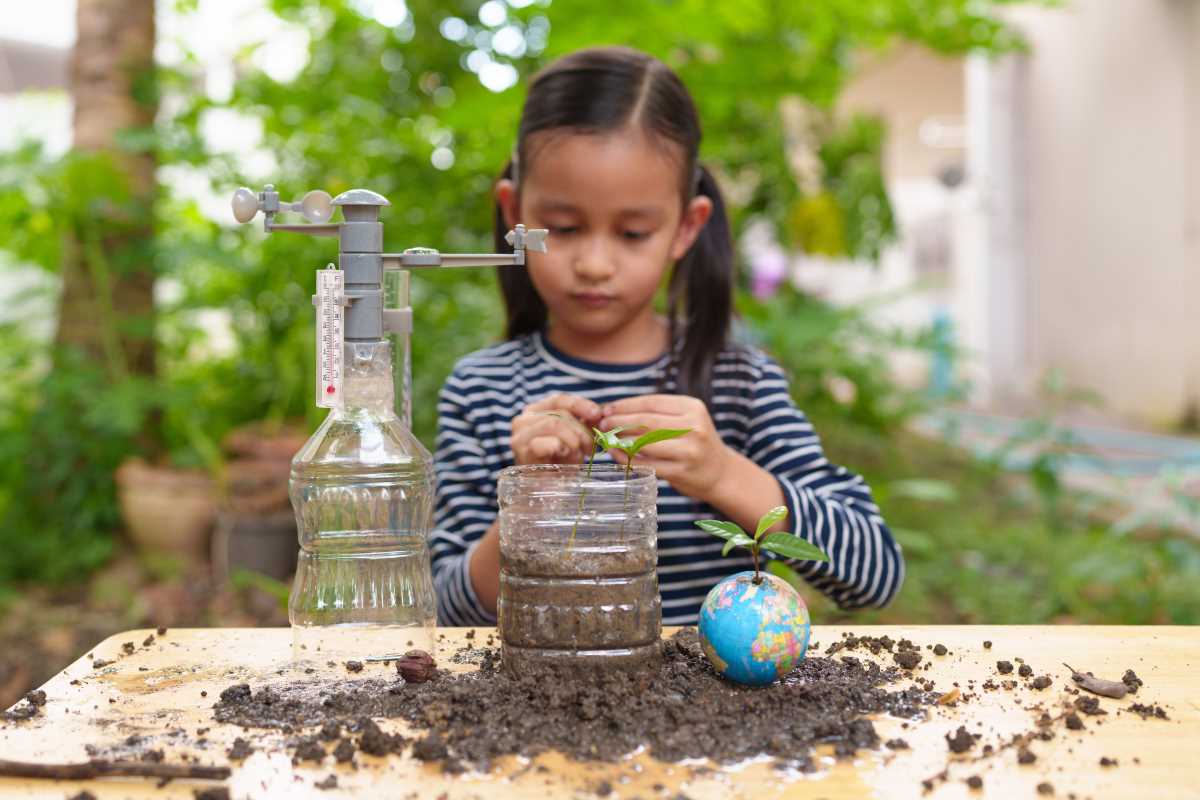Turning even a small patch of ground into a lush, productive garden begins with attention to the soil beneath your feet. Healthy soil acts as the heart of any successful garden, supporting strong roots and encouraging plants to flourish. Learning how to care for this living system deepens your connection with the land and helps you recognize the vital forces at work below the surface. By nurturing soil health, you set the stage for robust growth, colorful blooms, and plentiful harvests, all while creating an environment that teems with life and possibility.
Learning about soil health means understanding the natural processes that help plants access nutrients and manage water efficiently. By investing time in exploring these practices, you can enhance yields on your land while appreciating the dynamic balance of nature that sustains every living organism in your garden.
Fundamentals of Soil Health
Soil is more than just dirt—it is a living resource that fuels plant growth. Healthy soil contains a balanced mix of minerals, organic matter, and living organisms that work together to promote strong, resilient plant roots. It supports water retention and drainage while hosting a variety of organisms that break down organic material into plant nutrients.
Below are some key components that define healthy soil:
- Organic matter: Decomposed plant and animal residues that enrich the soil.
- Structure: The arrangement of soil particles that affects aeration and water movement.
- Nutrients: Essential elements like nitrogen, phosphorus, and potassium that support growth.
- Microbial activity: Beneficial bacteria and fungi that help breakdown organic matter.
- pH balance: The measure of acidity or alkalinity, which influences nutrient availability.
Benefits of Healthy Soil for Home Gardeners
Healthy soil creates the foundation for abundant yields, better plant growth, and improved resistance to pests. Understanding the intricacies of soil composition allows you to fine-tune your cultivation techniques, reduce waste, and support ecosystems that work in tandem with your crops. A rich soil environment encourages diverse microbial life that acts as a natural defense against common diseases and errors in plant care.
Maintaining healthy soil helps you save costs on fertilizers, reduces the need for chemical treatments, and keeps the nutrient cycle unbroken. This approach boosts productivity and creates an environment where plants can thrive naturally over multiple seasons, reducing the risk of recurring soil degradation issues.
Testing and Enhancing Your Soil
Testing and improving your soil remains an ongoing process that adapts to the changing needs of your land. Analyzing your soil’s current condition helps you perform targeted improvements that lead to tangible results in plant vigor and crop output. Hands-on testing uncovers deficiencies and imbalances while highlighting beneficial practices worth continuing.
Try these practical methods to test and improve your soil:
- Use a soil test kit to measure pH levels, nutrient content, and moisture balance.
- Collect soil samples from different parts of your land to get a broader perspective.
- Consult local agricultural extension services for lab tests and expert advice.
- Add organic matter like compost or manure to enrich your soil’s nutrient profile.
- Use cover crops and mulch to maintain moisture and reduce erosion.
This straightforward guide helps you diagnose and enhance soil quality on your larger plot.
Key Practices for Soil Management
Managing soil involves more than just regular testing; it requires adopting routines that support natural soil renewal. Rotating crops, adding organic amendments, and minimizing tilling help protect and maintain your soil’s fertile structure. Effective routines increase water retention and strengthen plant root systems while reducing erosion risks.
Regular maintenance, such as timely compost application and proactive weed control, keeps your soil active and balanced for a variety of crops.
Problems Common to Soil and How to Fix Them
Even soils managed with care can face issues like compaction, nutrient depletion, and poor drainage. Recognizing these problems allows you to take quick action, ensuring that your cultivation efforts stay productive year after year. Problems such as over-fertilization and unbalanced moisture levels can stall plant growth and cause soil health to decline into a less productive state.
Fix common issues by:
- Avoiding heavy machinery on soft soil to prevent compaction.
- Adjusting fertilizer use based on soil test results to prevent nutrient overload.
- Implementing contour farming or terracing to improve drainage and reduce erosion.
- Applying organic mulches to regulate temperature and keep moisture levels steady.
- Encouraging beneficial organisms through natural composting methods.
Improving soil health supports productive plantings and a balanced ecosystem. Adapting land management to soil conditions ensures strong growth each season.
 (Image source: Midjourney)
(Image source: Midjourney) 





